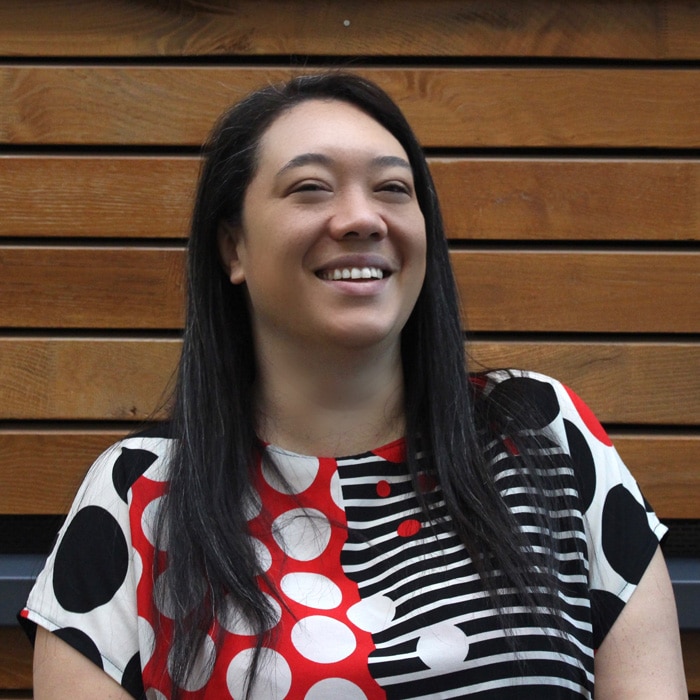Every picture tells a story – How to choose images for social media

Every picture tells a story – How to choose images for social media

We all make mistakes. It would be completely unrealistic to assume that you can go through an entire working day without making the odd typo or spelling mistake. It’s human nature to make the odd error, and it’s also entirely understandable. That said, some mistakes are not quite as easy to understand. One of these is, in fact, a bit of a bug-bear of mine! I can’t stand it when I see people choose images for social media, blogs and other online purposes that are completely unsuitable and/or inappropriate. Every image you use communicates so many different things about you and your brand – so don’t get it wrong!
Common Mistakes In Choosing Images
Where an occasional typo says you made a little mistake, the wrong image can say you don’t know how to post properly on social, or worse still, you didn’t care about the content you’ve published. Here are five mistakes I see regularly that can be easily avoided…
- Pixelated images – Without getting overly technical, digital images are made up of tiny ‘blobs’ (for want of a better word) called pixels that work together to produce the final picture. As a rule of thumb, the more of these there are, the sharper the picture. Normally you cannot see them all individually, but if you increase the size of a picture, it does not magically produce more pixels… they just get bigger, and that’s when you do start to see them. The image becomes blurry or seems to ‘break up’ into squares.
- Unrelated imagery – Pictures that are not really related to the content of the post. (This is a really strange thing to do when you think about it!) The purpose of an image is to tempt people to read your post and share or react to your content, or to reinforce a point you are making. If you choose the wrong image to represent your content you create the wrong perception. When your reader looks at your content – they’ll just be disappointed. It’s the visual equivalent to click-baiting!
- Uninteresting images – The images you use should make people want to consume and engage in your content. When a social media user scrolls through their feed, they’re very unlikely to stop for something that hasn’t grabbed their attention. Stay away from dull or overcomplicated images.
- Badly shot pictures – Posting your own images is something I encourage. They are more personal, they create familiarity, and they make you more approachable; they allow your audience to start to bond with you! However, you still need to make sure they are good enough to be seen. You don’t need to be a professional photographer (in fact, part of what makes this type of content work best is that it is not over-produced), but you do need a clear, suitable image. (Think about what’s in the background of your images too – do you really want us to read everything on that whiteboard behind you?!)
- Watermarks and copyrights – Please, please, please only use images that you have the right to use. It is surprising just how often you see a photograph on a post with a ‘Shutterstock’ watermark across it. Those images are not free to use, and as well as telling your reader you didn’t care what photo you used, you are potentially putting yourself at risk of some hefty fines.

How can I avoid mistakes and choose the right images for social media?
There is an ever-changing list of websites we use to find copyright-free images that will help you avoid the mistakes I’ve listed above. There’s also a list of websites, apps and tools that can help you personalise those images. Here are a few we’re using within Green Umbrella right now…
Pixabay – Free Stock Images and illustrations
Pexels – Free Stock Images (and videos)
PxHere – Free Stock Images
Unsplash – Free Stock Images
StockSnap – Free Stock Images
New Old Stock – Images that are no longer within copyright (Lots of Vintage imagery here!)
Canva – Desktop and App based image editing tool
Fotor – Similar to Canva, a but with fewer options in terms of templates
VSCO – App-based photo editor
Magisto – Desktop and App based that allows you to animate images
Adobe Lightroom – Free App for photo editing
Why is this all so important?
The images you use have a big impact on how your brand is perceived online, as well as the effectiveness of your social media posts in terms of conversions.
Unlike the occasional, accidental, spelling mistake or grammatical error that might slip through, the mistakes made in selecting images do not come with a plausible excuse! Here’s why – an average article will have around 650 words, that’s somewhere in the region of 3000 – 3500 individual characters. That’s 3000+ opportunities to make a tiny mistake, a slip of a finger on a key can be forgiven. That same article will also contain one or two images, in comparison that’s 2 opportunities to make a mistake. The room for error is far less forgivable!
You know that old saying ‘a picture paints a thousand words’? Well, let’s make sure that when you choose images for social media use, every word communicated works in your favour!

Christina Robinson is the Managing Director of Green Umbrella Marketing. She provides Social Media Training and Coaching for a range of clients throughout the UK.
Share this!

